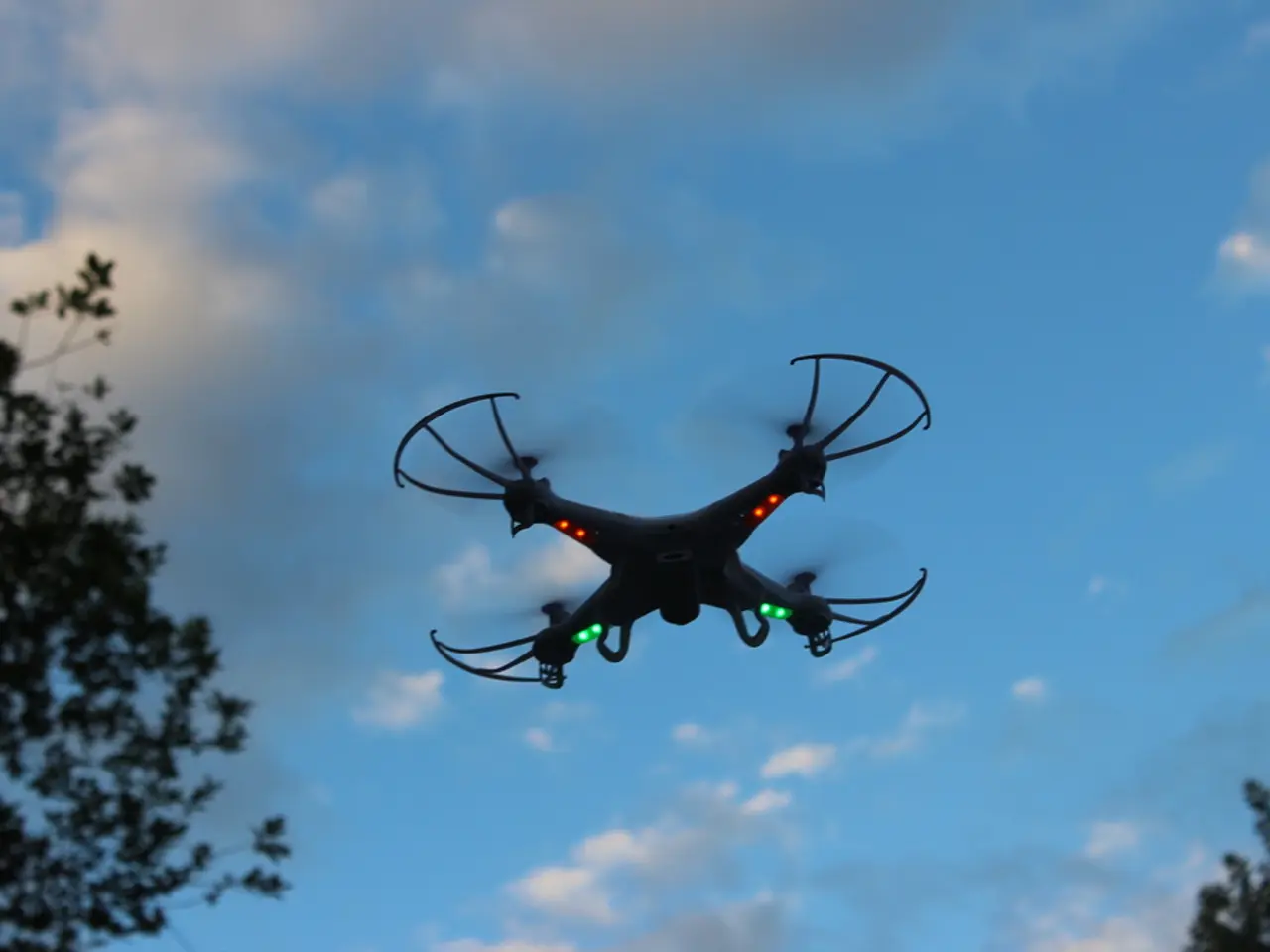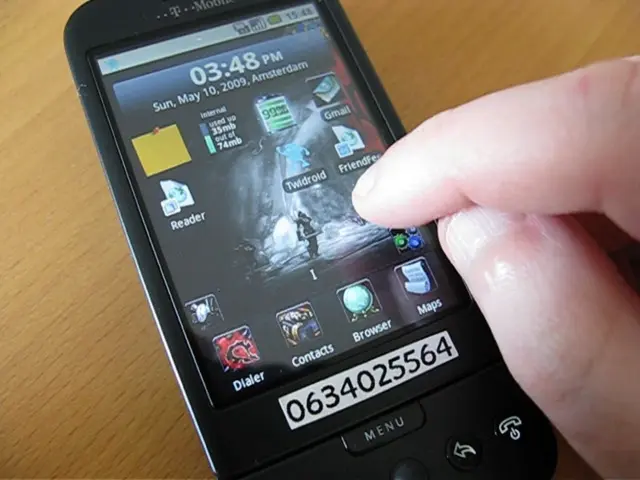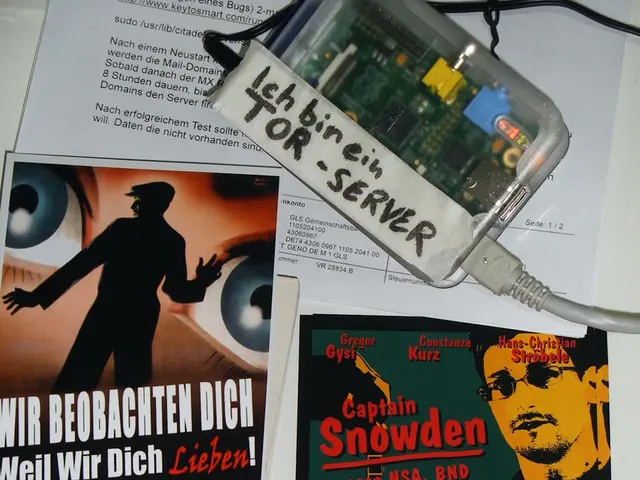Streamlining Drone Maintenance for Large Fleets
Maintaining Large Drone Fleets: A Key Factor for Uninterrupted Operations
Maintaining the operational readiness of drone fleets is crucial in various aviation-related fields. Regular maintenance ensures equipment remains safe to operate and prevents unexpected failures during critical operations. Here are some best practices for effectively managing maintenance workflows for large drone fleets.
Create and Automate Maintenance Schedules: Software that automatically tracks usage metrics such as flight hours, battery cycles, and part lifespan can help trigger maintenance reminders and inspections, preventing accidents and downtime. AirData UAV, for instance, issues alerts for scheduled maintenance based on drone and battery usage thresholds [2].
Comprehensive Flight and Usage Logging: Automatically capturing and storing flight telemetry, sensor data, battery health, and flight durations supports accurate maintenance planning and compliance reporting. This data helps analyze wear and predict when servicing is needed [2][4].
Centralized Fleet Health Monitoring: Implement a platform that offers a unified view of all drones, supporting diverse manufacturers and models in one system. This centralization helps compare fleet status and prioritize maintenance across assets [2].
Compliance Tracking and Documentation: Store pilot certifications and enforce flight compliance with operational limits and regulations. Automated notifications for expiring licenses and regulatory updates ensure continuous compliance with laws, reducing risks and penalties [1][2].
Enforce Operational Boundaries: Use geofencing and mapping tools to prevent unauthorized drone flights, minimizing geographically driven equipment wear or compliance issues [1].
Prioritize User-Friendly Interfaces and Training: Platforms with intuitive UI reduce training time, helping teams quickly adopt maintenance tracking and reporting workflows [1][3].
Incorporate Predictive Analytics and AI: Some advanced platforms use machine learning to automate routine tasks and refine maintenance scheduling based on empirical data trends, increasing operational efficiency by up to 20% [1][2].
Regular Data Review and Maintenance Adjustments: Continuously analyze telemetry and flight data to identify potential reliability issues early and adjust maintenance plans accordingly [4].
Tools for Streamlining Maintenance Management
Several tools and platforms are available to help organizations manage their drone fleets efficiently. AirData UAV, DJI FlightHub 2, Specialized Repair Centers, Drone Management Platforms for Law Enforcement, and Flight Planning Software like PIX4Dcapture and FlytBase are examples of such tools. Each offers unique features tailored to specific use cases, ensuring optimal fleet management [1][2][3][4].
In conclusion, adopting integrated drone management platforms that automate and centralize maintenance schedules, fleet health tracking, and compliance monitoring significantly improves fleet reliability and reduces downtime. Leveraging real-time telemetry, predictive alerts, and AI-driven analytics can help fleets avoid costly operational delays, ensure safety, and maintain regulatory compliance efficiently across large and diverse drone operations [1][2][3][4].
- By automating maintenance schedules using software that tracks usage metrics, such as flight hours, battery cycles, and part lifespan, we can ensure regular maintenance is performed, preventing accidents and downtime during critical flight operations.
- Compliance reporting is supported by comprehensively logging flight telemetry, sensor data, battery health, and flight durations, which helps analyze wear and predict when servicing is needed.
- Centralized fleet health monitoring, offered by platforms that unify views of all drones, diverse manufacturers, and models, helps compare fleet status and prioritize maintenance across assets.
- Compliance tracking and documentation are crucial, requiring platforms that store pilot certifications and enforce flight compliance with operational limits and regulations, issuing automated notifications for expiring licenses and regulatory updates.
- Geofencing and mapping tools can be used to enforce operational boundaries and prevent unauthorized drone flights, minimizing geographically driven equipment wear or compliance issues.




